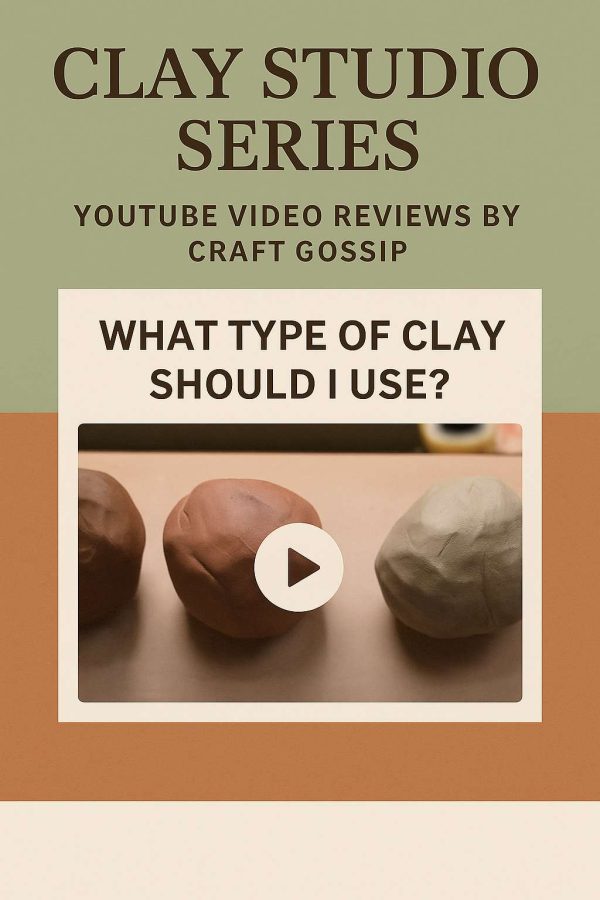Color theory at work: when you place a color next to something, it will look different. Simple, but helpful to know! The next time you are creating beads or objects using molds and paint, try these nifty little tricks:
Compliments – to make a color appear duller or muted, paint it’s complimentary hue on top. Like my green base with pink hues painted for this sea urchin. It adds depth to the bead compared to the example below that is a pink base with pink paint. Complimentary colors are opposite of each other on the color wheel, like red & green, teal & copper, purple & gold, etc. Funny contradiction: If you paint these colors next to each or let more of the color below show through, the colors will appear more intense.
Analogous Colors - These are colors right next to each other on a color wheel. Try painting orange on top of red or yellow to brighten up the colors for a little extra pop. A color wheel is a handy little tool to add to your clay supplies, you can pick one up at your local arts & crafts store.
You can completely change the look of your beads by experimenting with different base colors. Remember to have fun and experiment.
[tags]polymer clay, arts & crafts, color theory, molds[/tags]

Heather, I love your new beads. They look like “organic shabby chic” to me. Very cool!
Hmm, maybe I could start a new design movement! Thanks Kim, this is one of my favorite beads.
I agree with Kim! These new beads are wonderful. I like that phrase… organic shabby chic. Catchy!
Good advice on the base colors. A lot of people don’t realize what a big difference the background color has on the foreground color. I do it by instinct but I’ll start using my color wheel more often now!